Buzzing on the Move: A Guide to Safely Moving Beehives Safely Transporting Honey Bee Colonies
Moving beehives in boxes is one of the most common practices which a beekeeper, especially those which are new to beekeeping, are going to have certain concerns about.
And, with good reason.
Bees are prone to get used to their surroundings rather quickly; and the fact that they adapt visually in no time and learn their surrounding areas, is cause of concern of the distance at which the hives should be moved, when you ultimately do choose to do so.
So, how do you go about moving bee hives in boxes?
When is the right time and what is the right distance to move them?
Consider a few of these factors during the transition, not only to help acclimate them to the new area, but also to make the transition for you a bit easier as well when time comes to move the bee and the potential hive.
Distances
When moving bee hives, it is often said you should move the bees more than 2 feet from the current location but less than two miles. I have had to move hives a lot further than 2 feet in most cases, more like 50+ yards at night. I also place something in front of the hive so when the bees do return after collecting in the day, they can find the hive. A stone, a stick, something to make the hive stand out for them that is different that the other hives on your property.
Why?
Well, bees are prone to learn their current location by sight and smell very accurately. If it is moved under three feet away from the current location, most times bees are typically going to move back towards where the original hive was placed, simply based on the visual appeal of the area. At this distance it is also possible they aren't going to find the original hive (as you have chosen to move it) and will eventually die or seek out a new hive..
What happens when the move is over 50 yards?
The bees won't recognize the area at all and will learn to fly to the new location where the hive is to be placed. They are going to recognize certain areas, landmarks and try to make it back to the hive by circling and smelling out their home.
Moving the Hive
Now that you have the premise behind the distance of your move, how do you actually go about moving bee hives? For starters, you need the appropriate boxes/crates to make the transition a smooth one. It is also important to pick the right time for the move; winter and night time is ideal as bees typically aren't flying during this season or late at night. If required, you can move the hive during other seasons however; if you so choose to do so, consider these surrounding factors:
- Block the entrance once they have finished collecting for the day seal the entrance of the box and wait till dusk to make the move.
- Make sure the lid and box are properly covered and begin to make the transition to your new hive location.
Upon reaching the new location allow a period of 15 to 30 minutes to let them settle in then remove block entrances in the box. It is a good idea to place grass (or other barriers) on the box, so the bees slowly make their way out of the box to learn their new surroundings quickly.
Although there is no tried and true method for transitioning, when moving bee hives and bees, these are a few basic pointers to keep in mind. Not only to properly and safely transport them, but to ensure the transition in boxes goes as smoothly as possible.
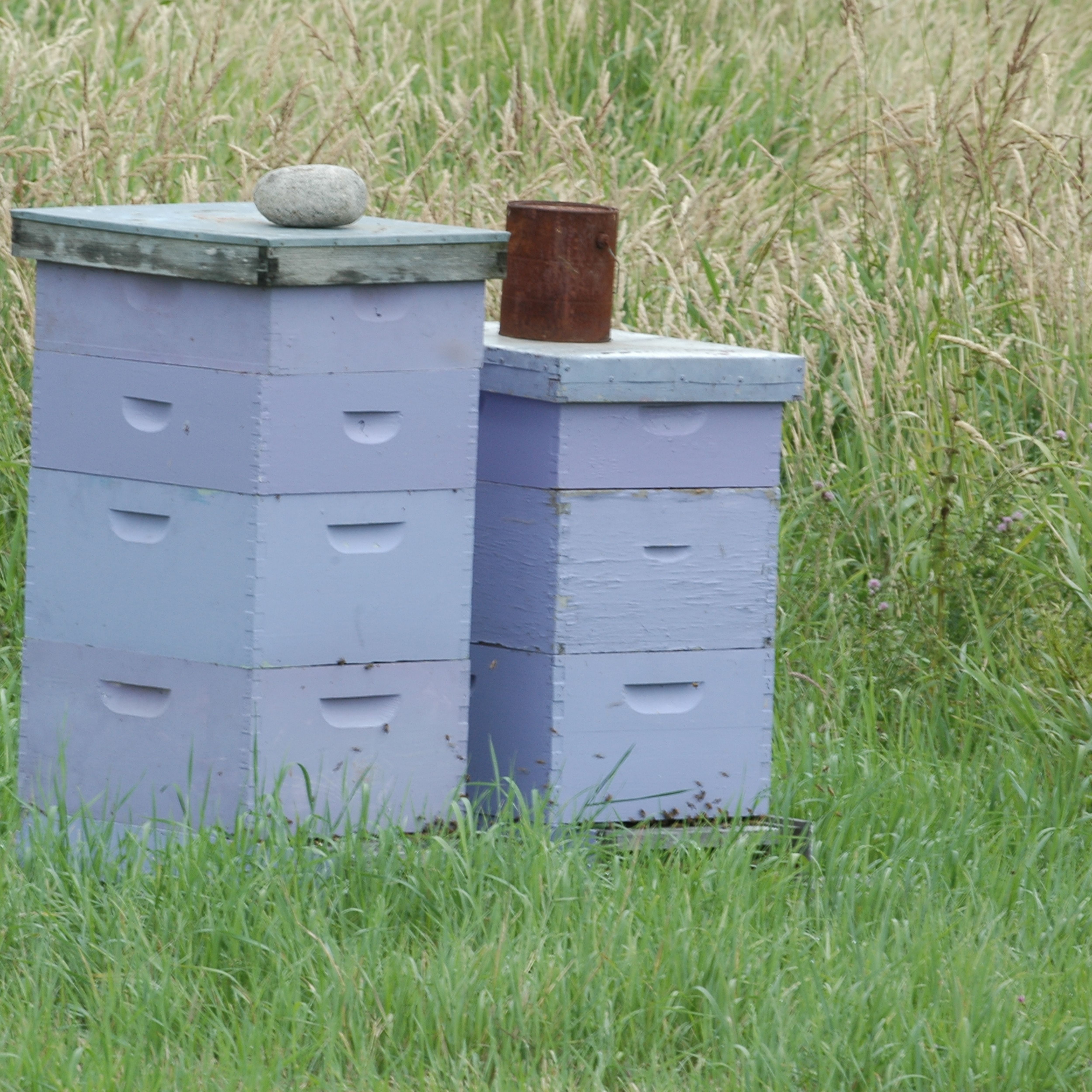


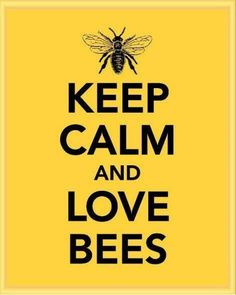

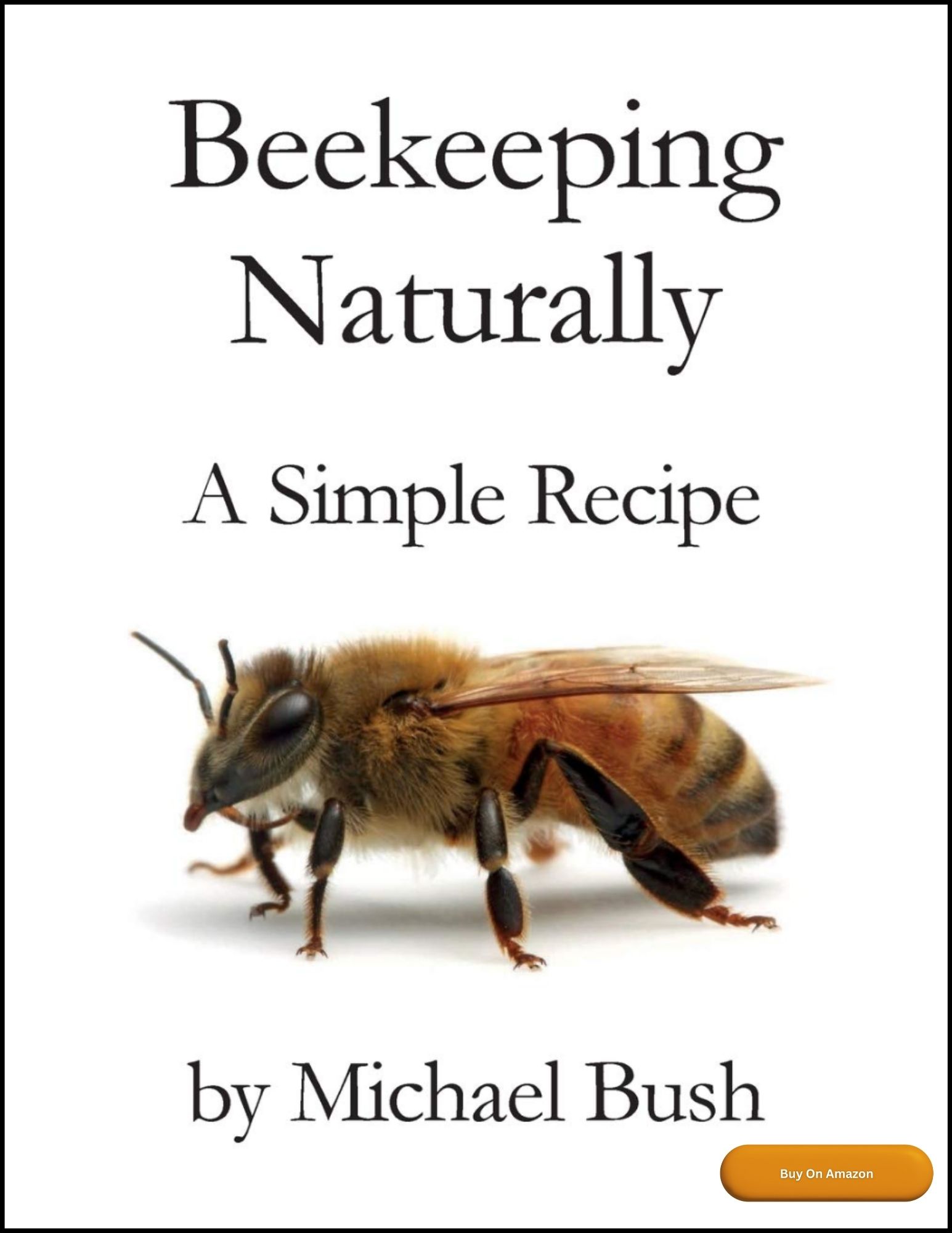
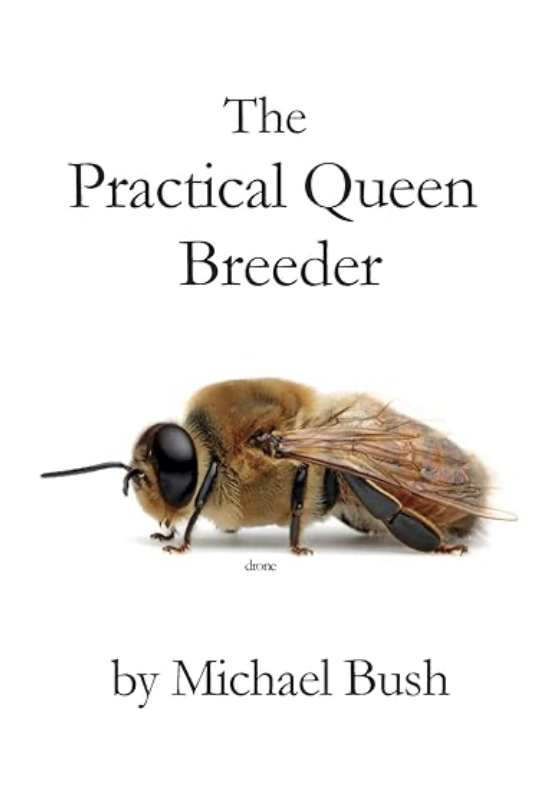
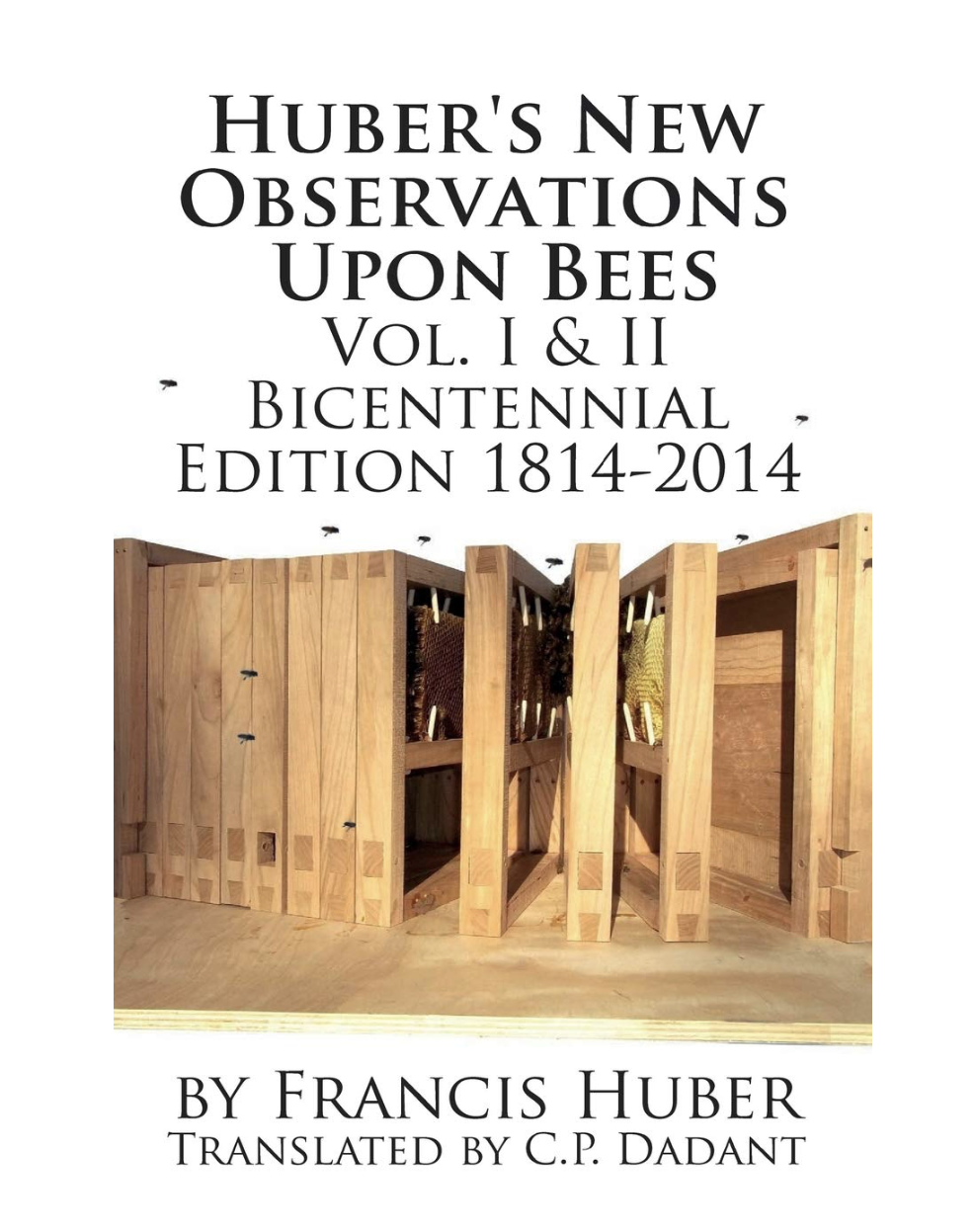
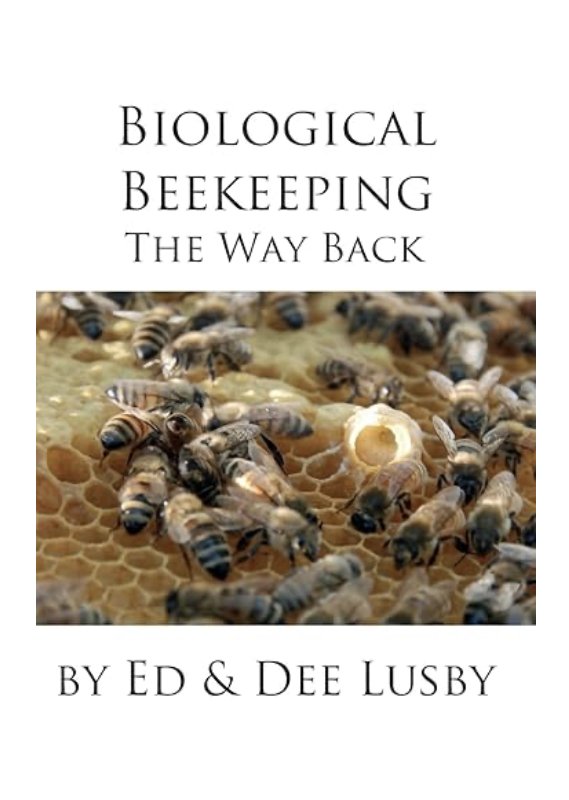

New! Comments
Have your say about what you just read! Leave me a comment in the box below.